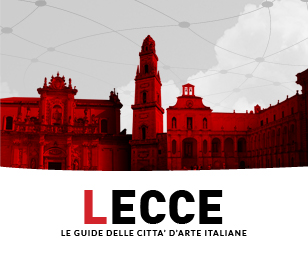Museo Archeologico Nazionale di Aquileia
Guida Aquileia

- Dove: Museo Archeologico Nazionale di Aquileia
- Indirizzo: Via Roma 1
- E-Mail: museoarcheoaquileia@beniculturali.it
- Telefono: +39 0431 91016
- Telefono prenotazioni: +39 0431 91035
- Apertura: Mar - Dom 10 - 19 (prenotazione consigliata) | Lun chiuso
- Costo: Intero 7 € | Ridotto 2 € | Biglietto d'ingresso incluso con FVGcard | Abbonamento 12 mesi superMAN 15 €
Il Museo Archeologico Nazionale di Aquileia fu istituito nel 1882 dal governo austriaco nella sede della neoclassica Villa Cassis Faraone, dal nome della nobile famiglia che ne era proprietaria.
Il percorso espositivo, sottoposto nel tempo a numerose trasformazioni, valorizza la ricchissima collezione formatasi in oltre due secoli di ricerche nel territorio. Il recente allestimento, attraverso le diverse sezioni distribuite sui tre piani dell’edificio, per un totale di dodici sale, sviluppa una narrazione incentrata sulla storia della città romana di Aquileia. Raffinati mosaici, iscrizioni, ritratti, sculture monumentali e manufatti di uso comune raccontano il fasto dei monumenti pubblici, la vita quotidiana, le attività produttive e commerciali di quello che fu un centro economico di importanza strategica, luogo privilegiato di incontro e dialogo tra popoli, lingue e religioni diverse. Particolarmente preziosi sono i prodotti dell’artigianato artistico in ambra, vetro e pietre dure.
Il percorso museale si conclude entro la suggestiva cornice delle Gallerie lapidarie e dei giardini, riorganizzati in occasione dei Giubilei di regno di Francesco Giuseppe nel 1898 e nel 1908, con le ricche collezioni di epigrafi, mosaici e monumenti funerari.
Il percorso espositivo, sottoposto nel tempo a numerose trasformazioni, valorizza la ricchissima collezione formatasi in oltre due secoli di ricerche nel territorio. Il recente allestimento, attraverso le diverse sezioni distribuite sui tre piani dell’edificio, per un totale di dodici sale, sviluppa una narrazione incentrata sulla storia della città romana di Aquileia. Raffinati mosaici, iscrizioni, ritratti, sculture monumentali e manufatti di uso comune raccontano il fasto dei monumenti pubblici, la vita quotidiana, le attività produttive e commerciali di quello che fu un centro economico di importanza strategica, luogo privilegiato di incontro e dialogo tra popoli, lingue e religioni diverse. Particolarmente preziosi sono i prodotti dell’artigianato artistico in ambra, vetro e pietre dure.
Il percorso museale si conclude entro la suggestiva cornice delle Gallerie lapidarie e dei giardini, riorganizzati in occasione dei Giubilei di regno di Francesco Giuseppe nel 1898 e nel 1908, con le ricche collezioni di epigrafi, mosaici e monumenti funerari.



